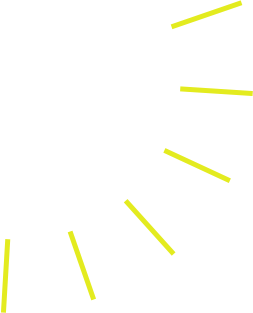We love cardio as much as the next person, but it’s only one piece of the fitness puzzle. Strength training workouts are essential if you want to build muscle, boost your metabolism, or improve your heart health.
But what if you don’t own a set of weights? What if you’re traveling and don’t want to lug them along? What if you’re recovering from an injury or surgery and aren’t cleared for weight-bearing exercises? Lauren, an expert MYX trainer who specializes in full-body fitness, says you can do resistance training without any weights. Just use your bodyweight — and your brain.
Discover the power of flex and hold
While it could be a cool band name, Dynamic Tension® was developed by Charles Atlas and is a system of building muscle through exercises and rep sets without any weight training.
“All of our muscular contractions start in the nervous system, and all movement starts in the brain,” Lauren explains. “The brain tells the muscles to contract. You don’t need external resistance to create resistance.” For example, make a fist and squeeze all of the muscles in your arm. That’s dynamic tension. There is no outside force, but you’re still working your muscles. You do the same thing when you hold a plank, which creates tension in the muscles supporting your core.
“It’s really about connecting your mind to your muscles and engaging more actively with them,” says Lauren. “Using weights is, in some ways, a more passive movement. But without actual weights, you have to actively connect with your muscles.”
The primal patterns of movement
Lauren says the next step to resistance training is applying the principle of dynamic tension to the “primal patterns of movement.” As you complete each bodyweight exercise outlined below, you need to keep the muscles engaged the entire time to create resistance.
- Squats: As you lower your body, focus on contracting your hamstrings; as you rise up, engage your glutes and quads.
- Lunges: Step forward with one leg placed ahead of the other and keep your weight evenly distributed on both feet. For each lunge, avoid extending your knee over your front toes.
- Pull and push: For this one, Lauren suggests doing push-ups, which incorporates both the pulling up and pushing down movements, while keeping all of your muscles engaged and contracted.
- Twist: Rotational exercises like a Russian twist or medicine ball throw introduce a new plane of movement in your exercise. Stand sideways to a wall, focus on keeping your obliques engaged and throw the ball into the wall as hard as you can.
- Bend: Bending movements, including standing side bends and standing forward bend exercises, help keep your back flexible as you build strength.
- Gait: Walking, jogging, jumping, or sprinting are all forms of gait exercises. Try walking on a slight incline, add in slow lunges, or simply focus on flexing and holding specific muscle groups.
As you experiment with resistance training to build strength at home or on the road, we think you’ll see the advantages of getting a full workout in using just your body and your brain. Or as Lauren says, “You’ll discover internal resistance is a safe, low-impact way to work your muscles without an external load.”


